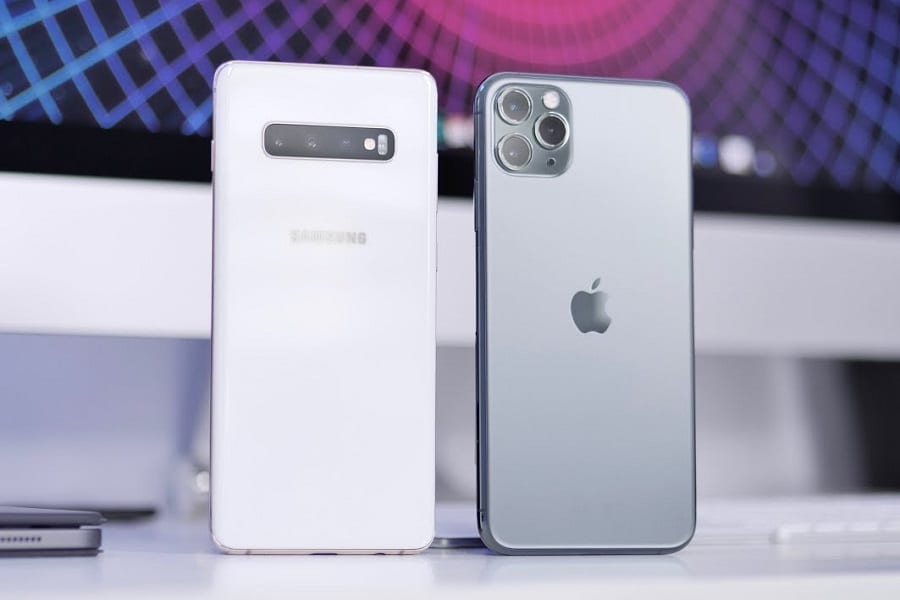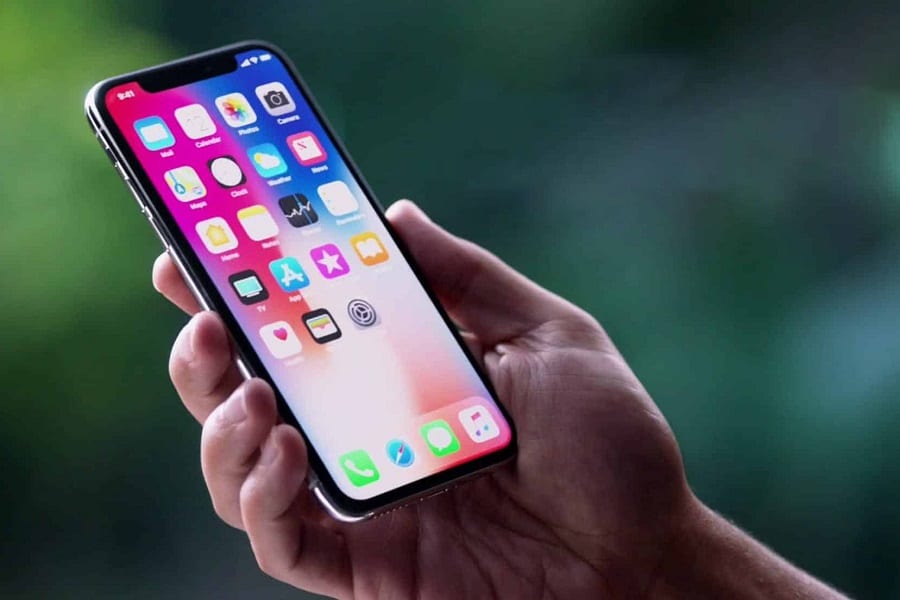Even if we may speak less about Bluetooth; He who is in the shade of Wi-Fi, cell or ultra Wideband, it is this technology that Ensures connection with a multitude of our peripherals. It is essential for the operation of devices such as AirPods, Apple Watch, and features like Handoff or Airdrop are partly based on it. So when an update of this standard affects both privacy and autonomy, we cannot ignore it.
Bluetooth 6.1, which logically succeeds Bluetooth 6.0, extends an already initiated trend with the latter: secure connectivity without weighing down consumptiona constant requirement for Apple.
Bluetooth becomes less traceable
One of the most sensitive points in the general public Bluetooth is its ability to be used for tracking purposes. The standard uses emission addresses, which; Even if they are technically temporary; Can be identified and associated with the same user over time.
New, Bluetooth 6.1 improves the address system called Randomized Resolvable Private Addresses (RPA). Their operation: change automatically and randomly change between 8 and 15 minutesinstead of remaining fixed over predictable intervals. All without soliciting the device processor, since management is transferred directly to the Bluetooth controller.
- 【Kit Four Great Lense in One】: Impresionante fotografía móvil para la mayoría de los teléfonos inteligentes. Incluye 4 lentes: teleobjetivo 18x, lente ojo de pez, gran angular y macro. Todas...
- 【Fotografía mejorada】: el teleobjetivo 18x puede obtener una toma clara de sujetos que generalmente están demasiado lejos para capturarlos. También es un lente monocular con teleobjetivo con...
- Transmisión bidireccional: el lector de tarjetas SD para iPhone/iPad admite la transferencia bidireccional de tarjeta SD a iPhone o iPhone/iPad a tarjetas de memoria SD.
- Plug and Play: el lector de tarjetas SD no requiere aplicaciones de terceros, utiliza la aplicación de archivos integrada en iOS y admite la reproducción de vídeo.
Concretely, this makes your devices much more difficult to identify in the long term, while preventing the processor unnecessarily in the background: a double benefit for privacy and autonomy.
A gain in autonomy … but not for immediately
By delegating the management of random addresses to the Bluetooth controller; and no longer to the main processor; The device thus limits unnecessary cycles on the CPU side. Result : fewer calculations, therefore less electricity consumptionespecially on very constrained devices such as AirPods or Apple Watch.
That said, the first compatible Bluetooth 6.1 devices are not expected before 2026. The iPhone 17 may well take on standard 6.0, or even 6.1 if Apple anticipates; What she has already done in the past. However, on the accessories side, you will have to wait, except for miracle firmware updates.
In the short term, few devices will take advantage of this new standardbut within two or three years maximum, the majority of compatible accessories and terminals should integrate these improvements as a native. Apple, like the other competing manufacturers, will probably have integrated these gains into the design of its equipment. This is of a substantive evolution ; Nothing amazing in itself; But it remains completely consistent with the optimization logic that Apple applies to its ecosystem.
- An update from Bluetooth to its version 6.1 will strengthen the protection against passive monitoring of devices.
- This evolution also reduces the energy load, by lightening the work of the processor.
- The first compatible devices will not arrive before 2026, but Apple could adopt the standard earlier.


By: keleops ag







